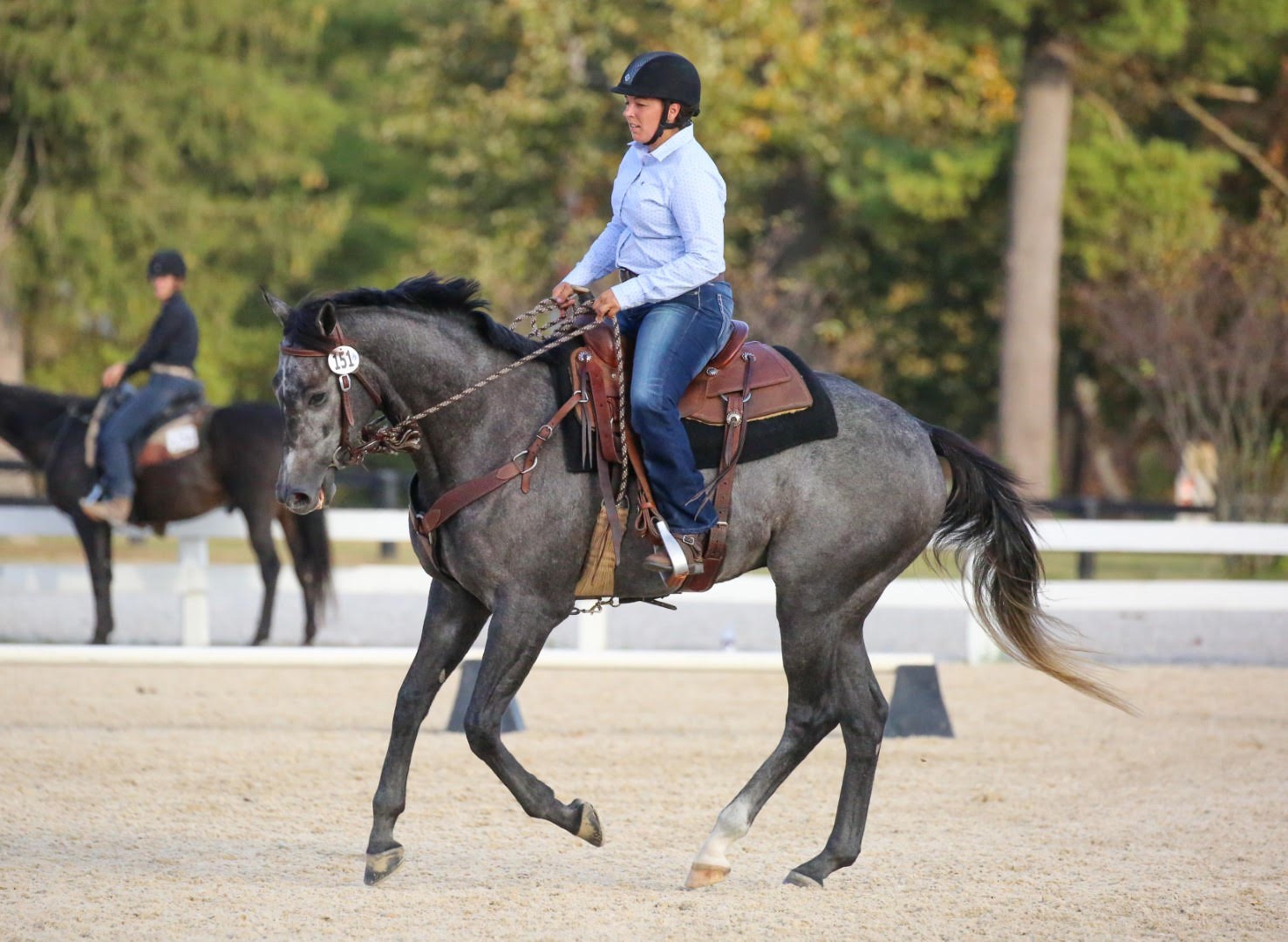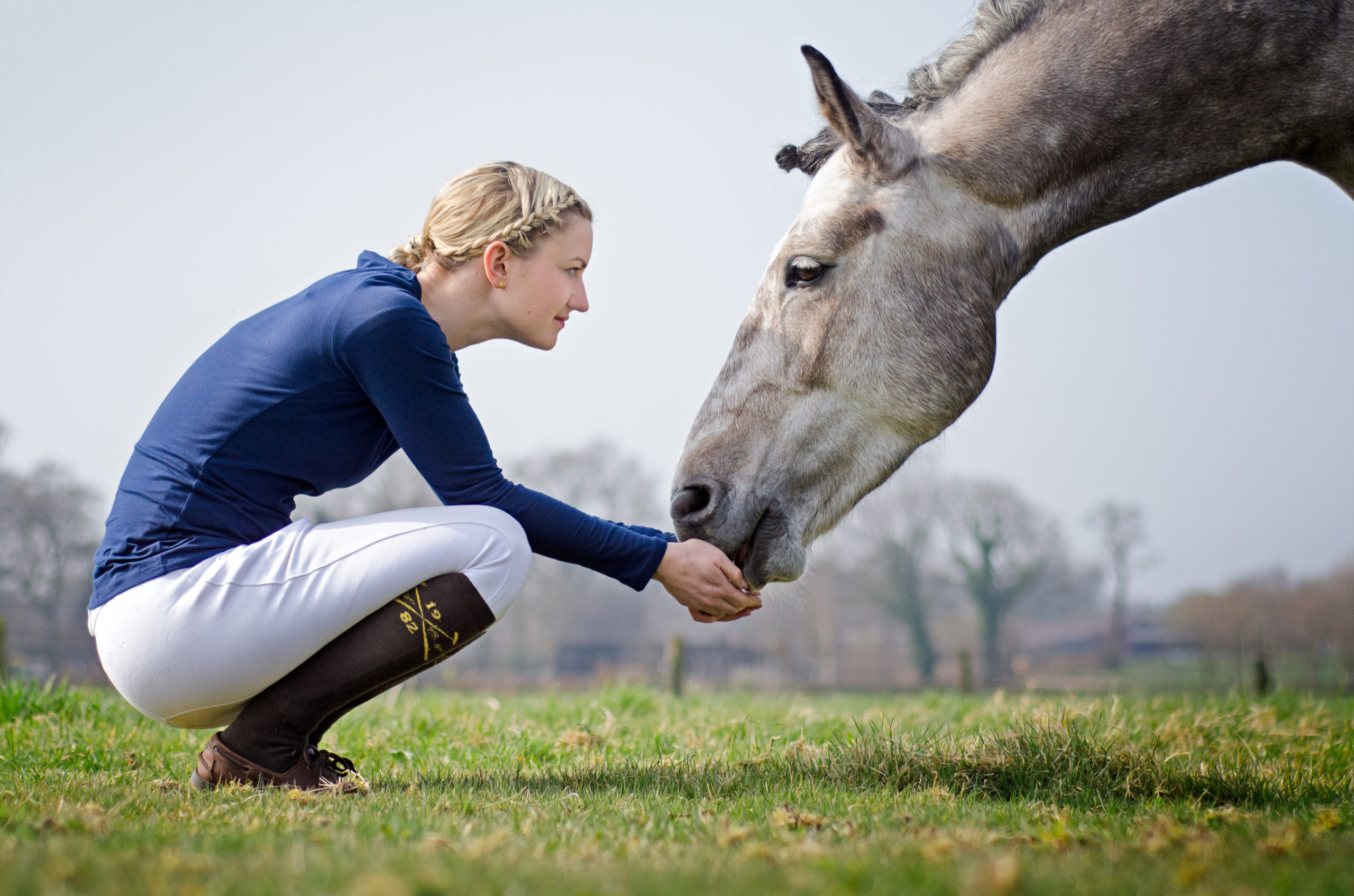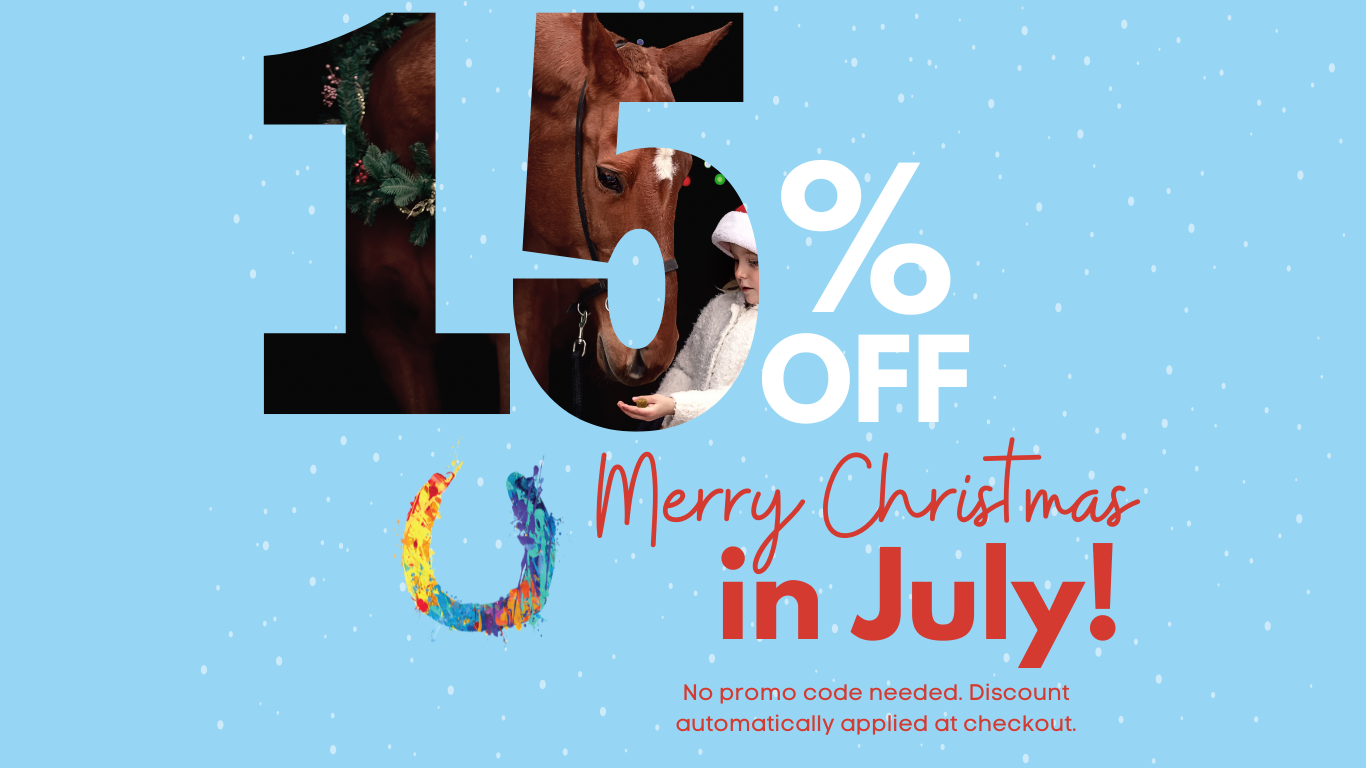Horse Treats versus Horse Cookies
What is a Horse Cookie?
When you think of a horse cookie, what comes to mind? For us, that is a homemade snack for your horse. Homemade horse treats are crafted with care and intention in your home – and that is exactly what we wanted to replicate in our factory.
When horse owners decide they are going to make their own horse treats at home, it is typically due to the lack of nutritional content found in commercial horse treats. But let’s be honest, most riders would rather be out at the barn with their horses than stuck in the kitchen mixing ingredients that are both healthy and delicious! So, we’ve taken the labor part out of the equation for you, and have made horse cookies that you can feel comfortable feeding to your horse.
Why Do Horses Even Like Horse Treats?
When you think about the type of treats that have been traditionally fed to horses, a few things come to mind: peppermints, sugar cubes, and apples. What do these three treats have in common? They are all full of sugar! And just like us, horses have a giant sweet tooth – 26 to 40 of them in fact!
So, how do many commercial treat manufacturers get horses to love their treats? Usually by adding in refined sugars.
Research shows that limiting the sugars you are feeding your horse is crucial to their overall health. Everything you feed your horse matters, including the contents in those tiny horse treats! This is especially true for any horse with underlying health issues, particularly related to a metabolic challenge.
Cookies Are a Softer Alternative to Horse Treats
Horse treats that are commonly found on the market are usually very hard. Continually giving your horse hard treats can cause major dental problems down the road. Horses start to lose their tooth enamel by the age of 15, which allows for their teeth to be worn down even more from the continuous grazing they spend most of their day doing. Feeding hard horse treats only adds to the wear and tear on their teeth.
The equine dentist that treated our founder’s horse years ago mentioned to her that when you put a carrot in a horse’s mouth and snap it in half this may cause a possible fracture in the tooth. This can be easily overlooked, as horses have such large mouths and teeth, they seem invincible. This was the inspiration behind a softer cookie!
Avoiding hard feed and treats is especially important for the aging equine who may not have many teeth left. If your horse cannot physically chew their treats, you could have an episode of choke (when feedstuff becomes blocked in the horse’s throat) on your hands.
Horse Treats are Not All Made with the Same Ingredients or the Same Quality of Ingredients
All horses are not cookie cutters. Dietary needs and restrictions are dependent upon many aspects in a horse’s life including their developmental stage, level of activity, overall health, and breed dispositions. This may have an impact on the type of ingredients you should be looking to add or to avoid in their diet, including those in horse treats.
While a true clinical food allergen is quite rare in horses, many horses suffer from adverse reactions to certain feed ingredients and additives. If your horse has a known food intolerance or allergen, it is important to take a look at the ingredients of your horse treats. Always check with your vet when it comes to any ingredients you may have concerns about.
It is also important to look for a Guaranteed Analysis when shopping for horse treats. This will provide you with the information you need to know exactly what it is you are feeding your horse each time you reward them with a treat. And note that not all treats will be made with the same quality of ingredients.
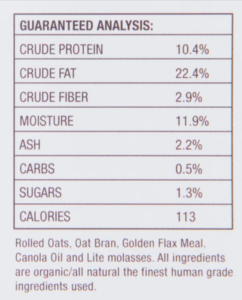
By FDA standards and laws, horse treat companies are not required to provide the guaranteed lab analysis to consumers regarding carbs, sugars, and calories. We at A to Z Horse Cookies went beyond the call of duty to show our loyal customers how healthy and safe our horse cookies truly are by providing the above guaranteed lab analysis based on a 1 oz. cookie, including the carbs, sugars, and calories! This way you can be confident in your horse cookie selection.
Horse Treats Cannot Do All That a Horse Cookie Can
While tasty, nutritious snacks are reason enough to want to give your horse a cookie, they can be used for more than snacks or a reward. Horse cookies are the best alternative to pill-poppers! Due to their softer texture, you can easily break your cookie in half, place a pill inside, and squeeze the cookie shut. This has saved many horse owners the trouble of medicating their horses on a daily basis when needed.
Would You Eat the Treats You are Feeding Your Horse?
If your answer is “no” then you probably have not tried an A to Z Horse Cookie! Another reason we call our products horse cookies instead of horse treats is that many of our customers have tried them for themselves along with their horses! Horse owners can feel free, as they have, to take a bite for themselves. You can truly see how good they taste since they are made with the finest human-grade ingredients!
It’s clear to see that the benefits both you and your horse receive from a horse cookie far outweigh those of traditional horse treats! Next time your treat jar is empty, you may want to consider refilling it with A to Z Horse Cookies instead!
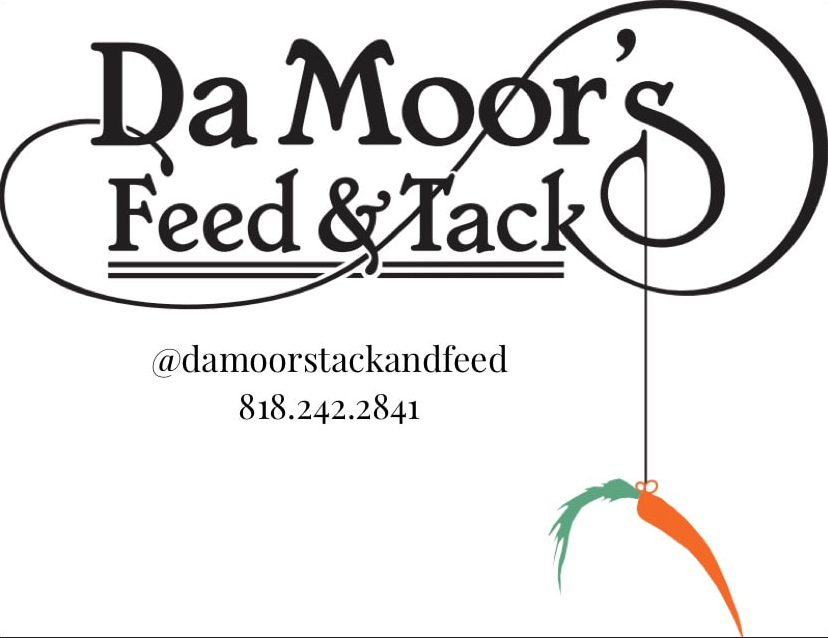
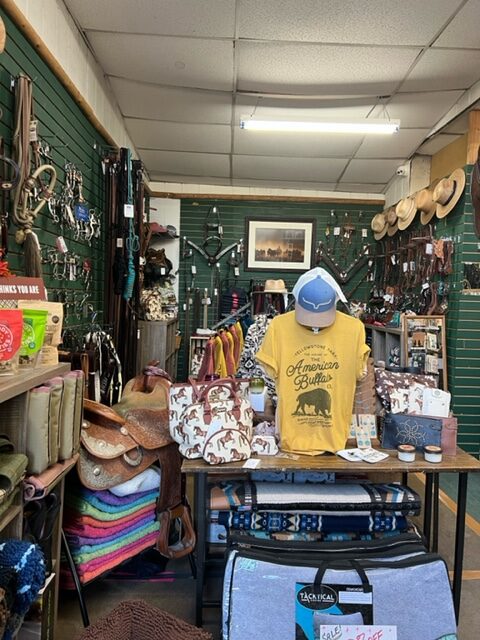

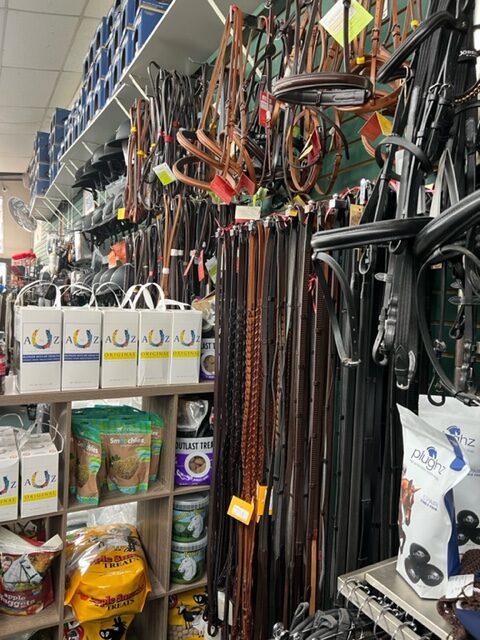
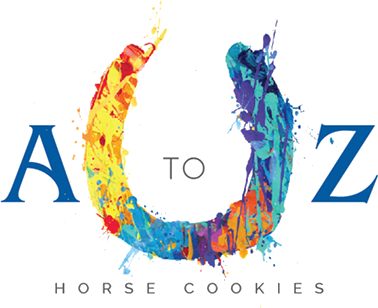

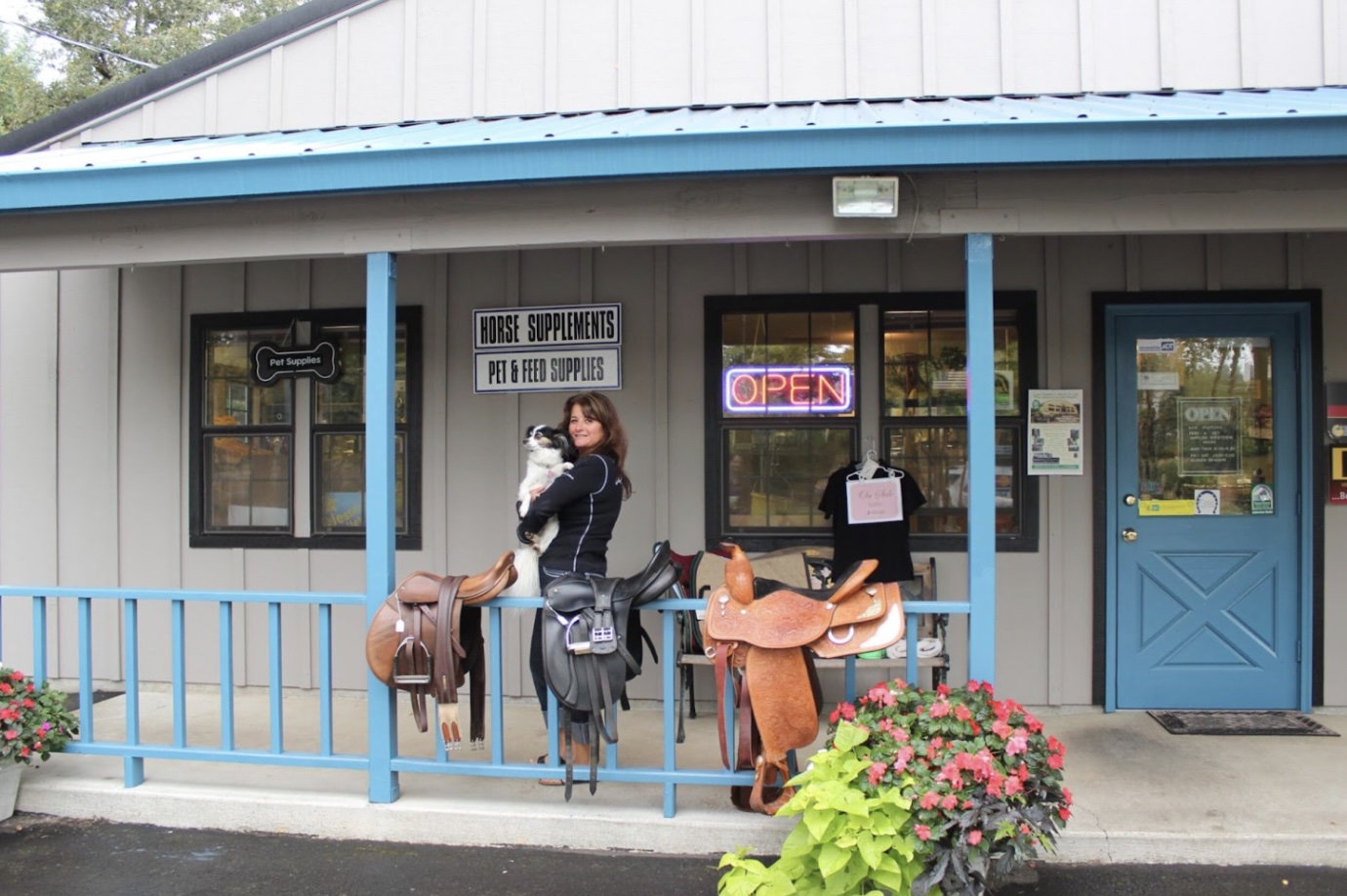
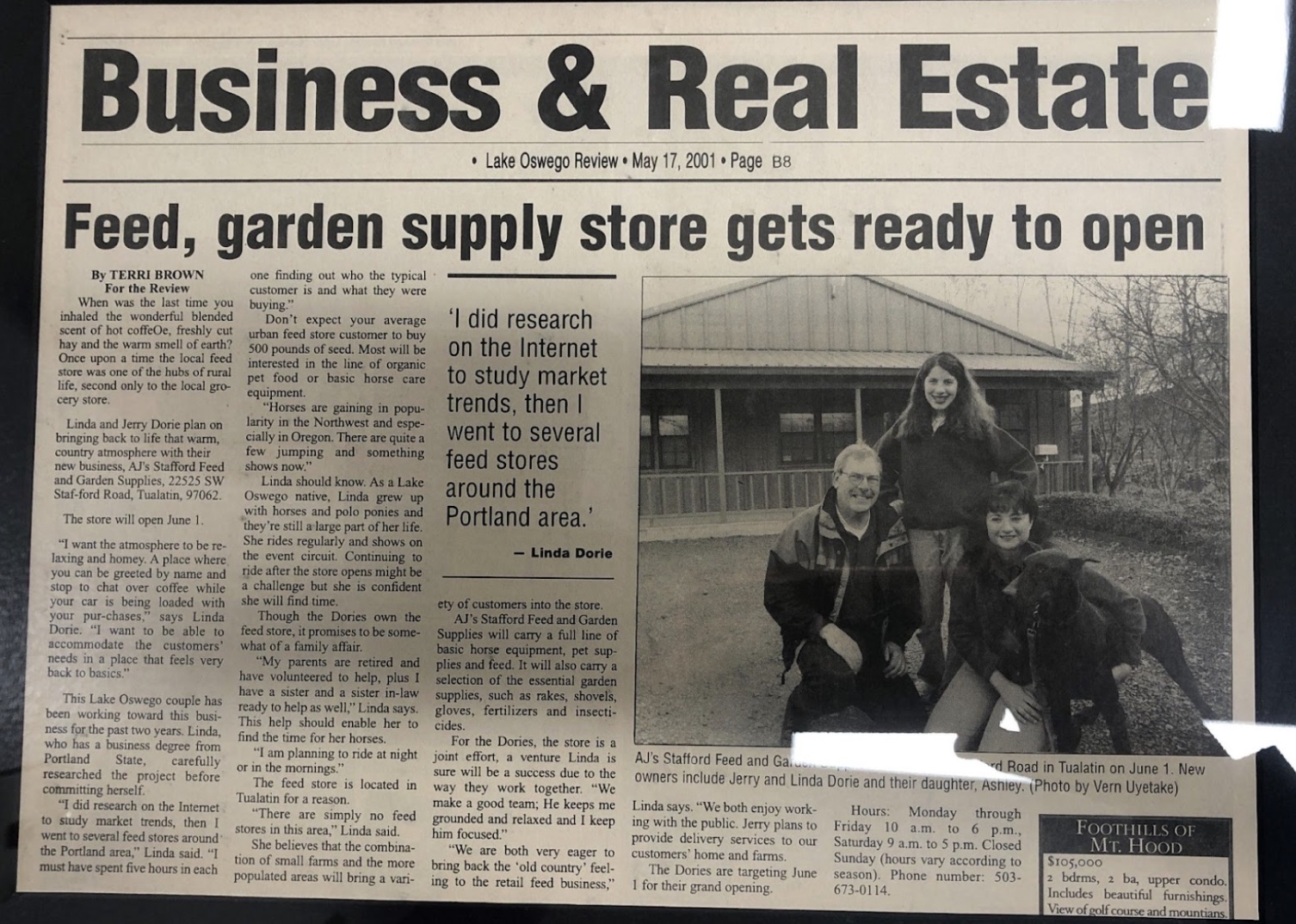
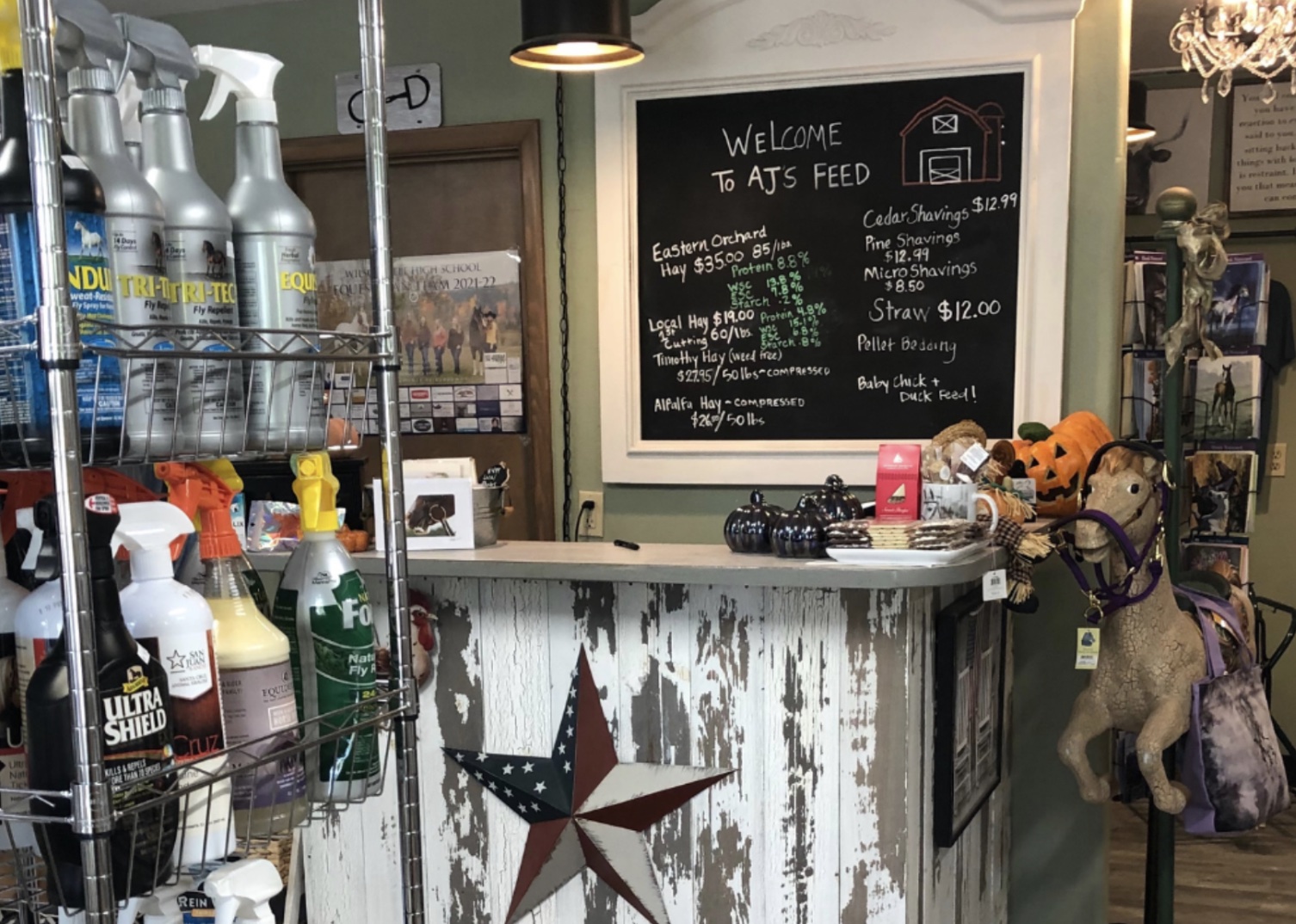
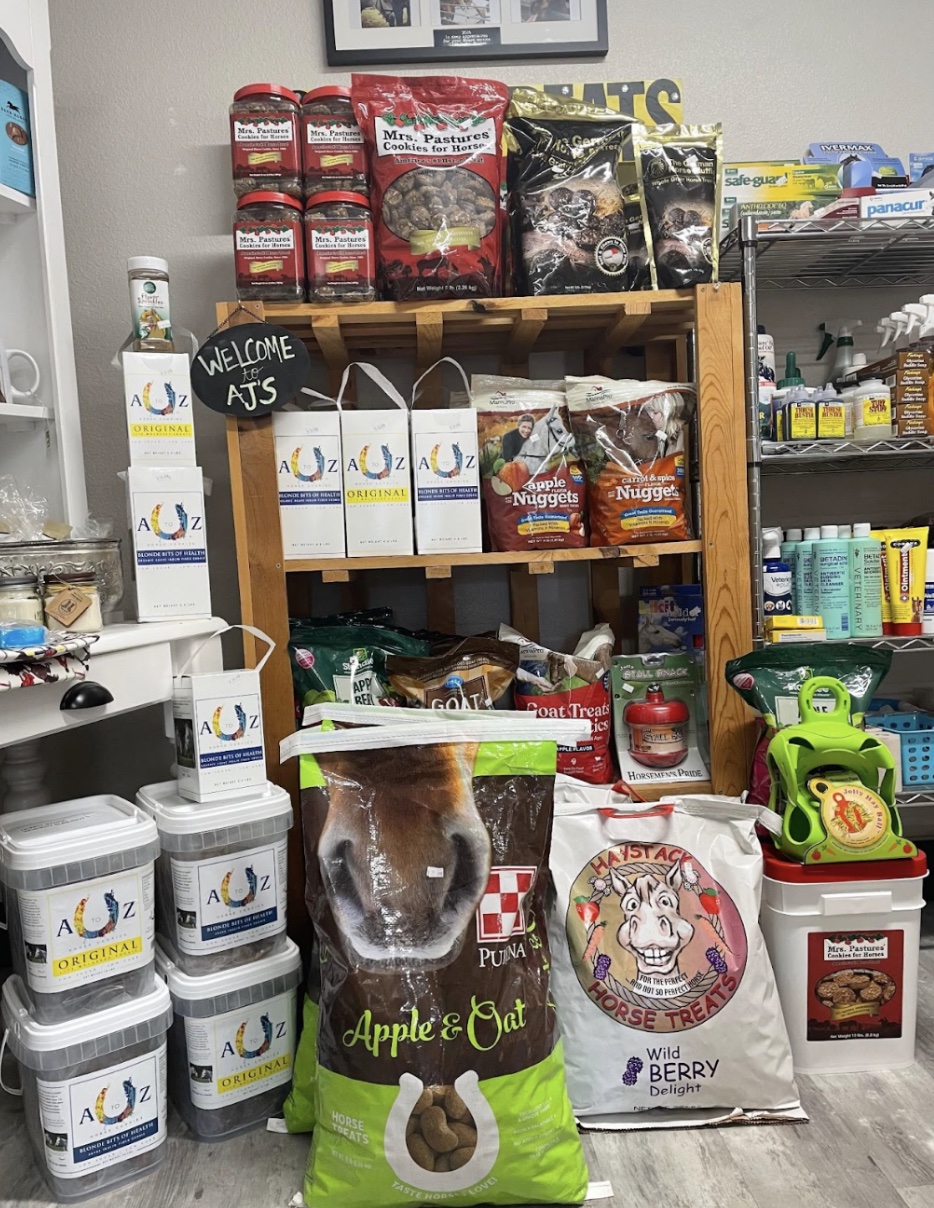

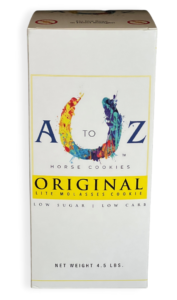 We have been able to achieve an 80% reduction in plastic here at A to Z Horse Cookies! Our horse cookies will still come in a sealable plastic baggie within each cardboard box. These baggies are needed to keep the horse cookies fresh and moisture-free during transportation when we ship them out to you. Fortunately, these baggies have the potential to be reused many many times in the barn, like for portioning out meals if you are going away, holding other feeds or supplements, or containing various small items. We have also decided to keep the 15lb plastic containers because many of our customers re-use them around the barn for other feeds and containing things like nuts and bolts.
We have been able to achieve an 80% reduction in plastic here at A to Z Horse Cookies! Our horse cookies will still come in a sealable plastic baggie within each cardboard box. These baggies are needed to keep the horse cookies fresh and moisture-free during transportation when we ship them out to you. Fortunately, these baggies have the potential to be reused many many times in the barn, like for portioning out meals if you are going away, holding other feeds or supplements, or containing various small items. We have also decided to keep the 15lb plastic containers because many of our customers re-use them around the barn for other feeds and containing things like nuts and bolts.


